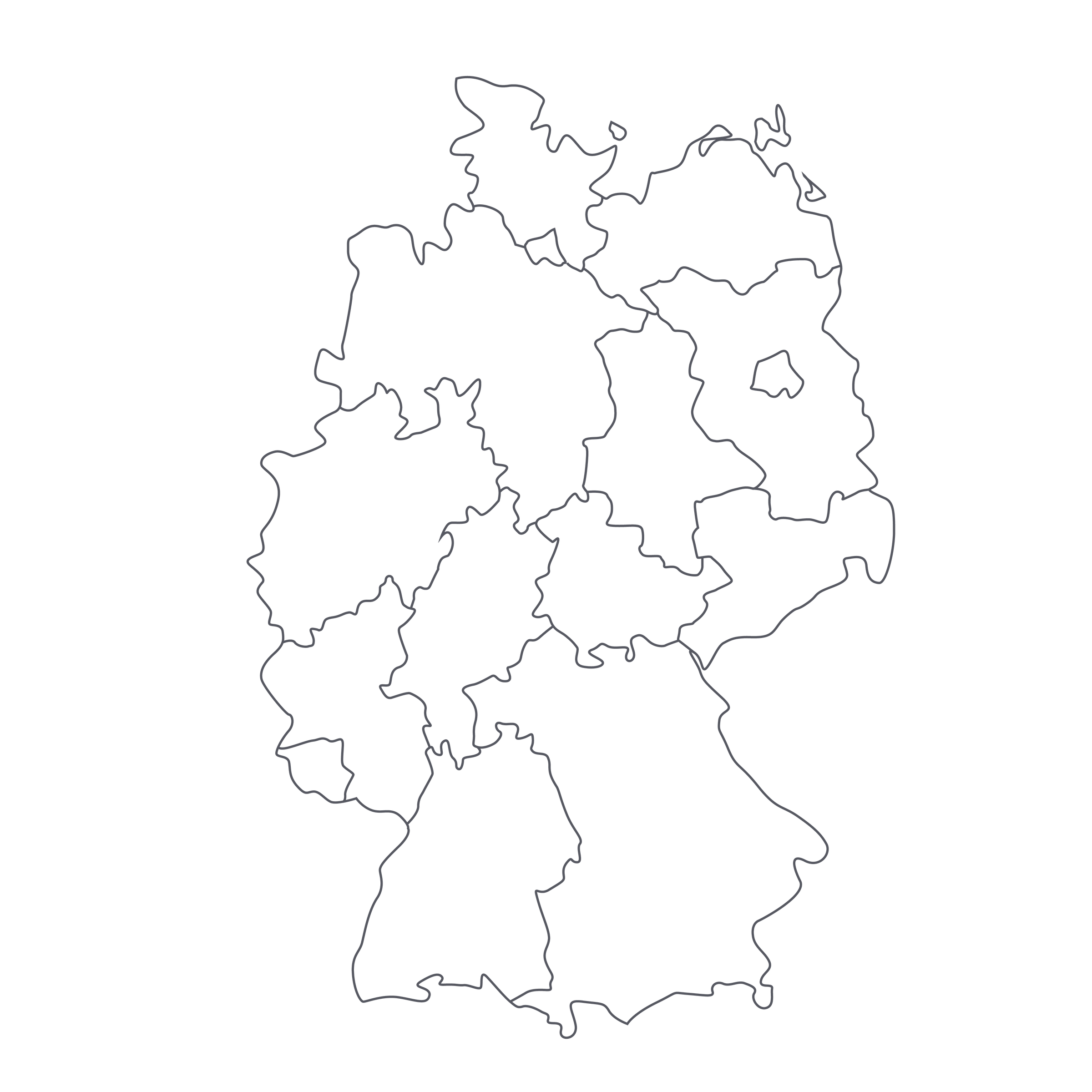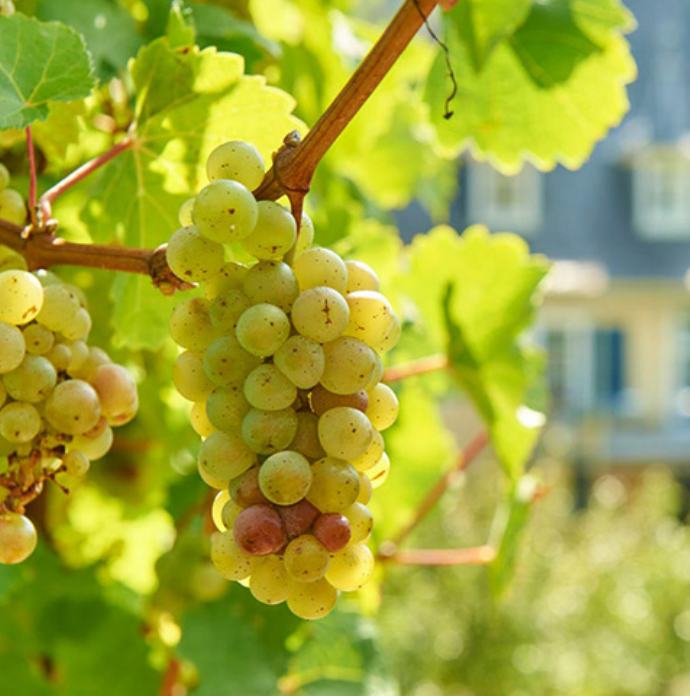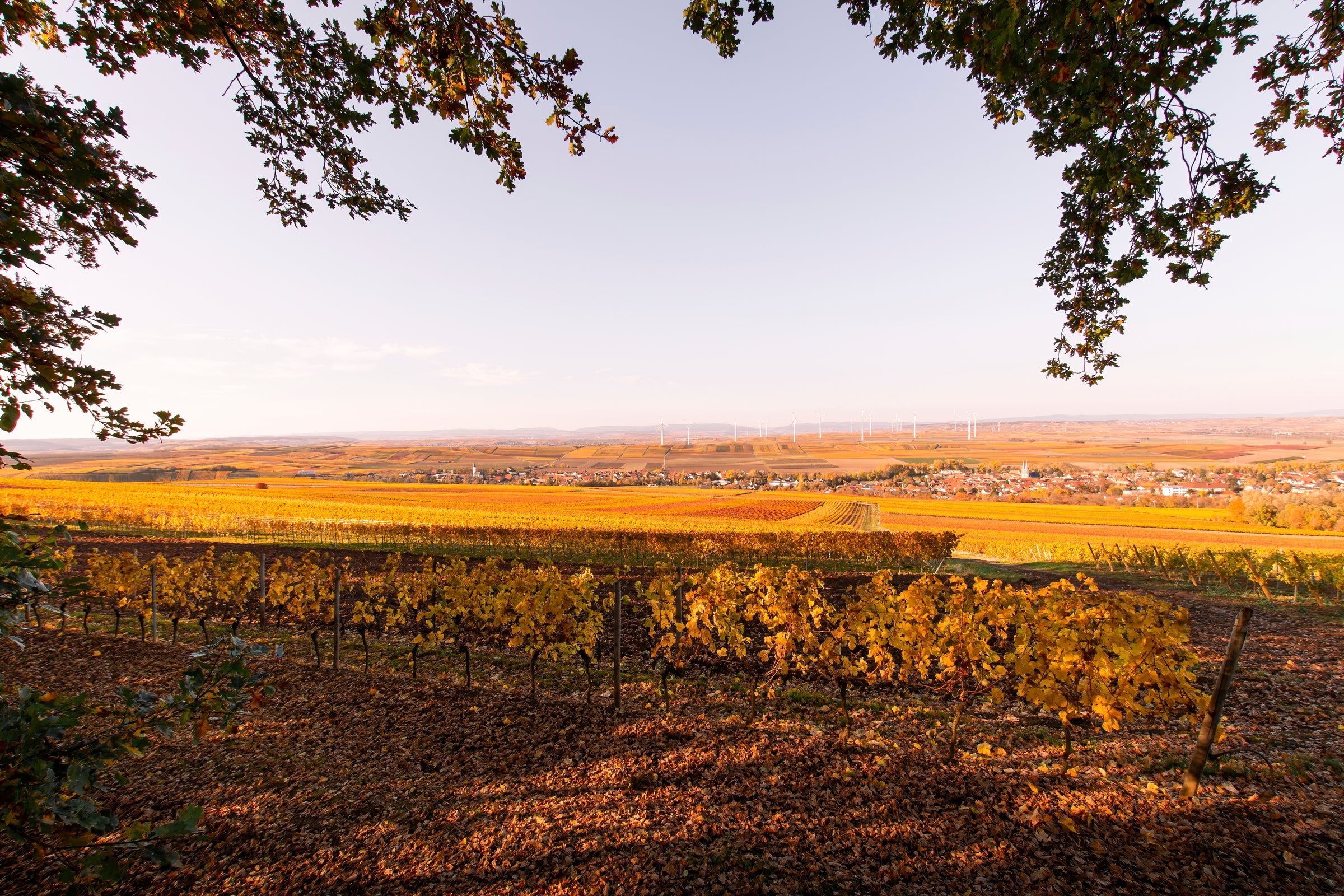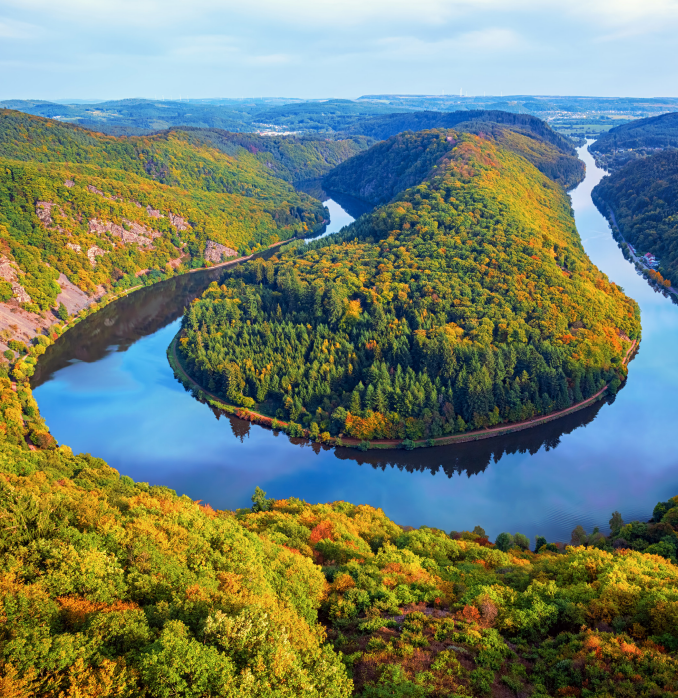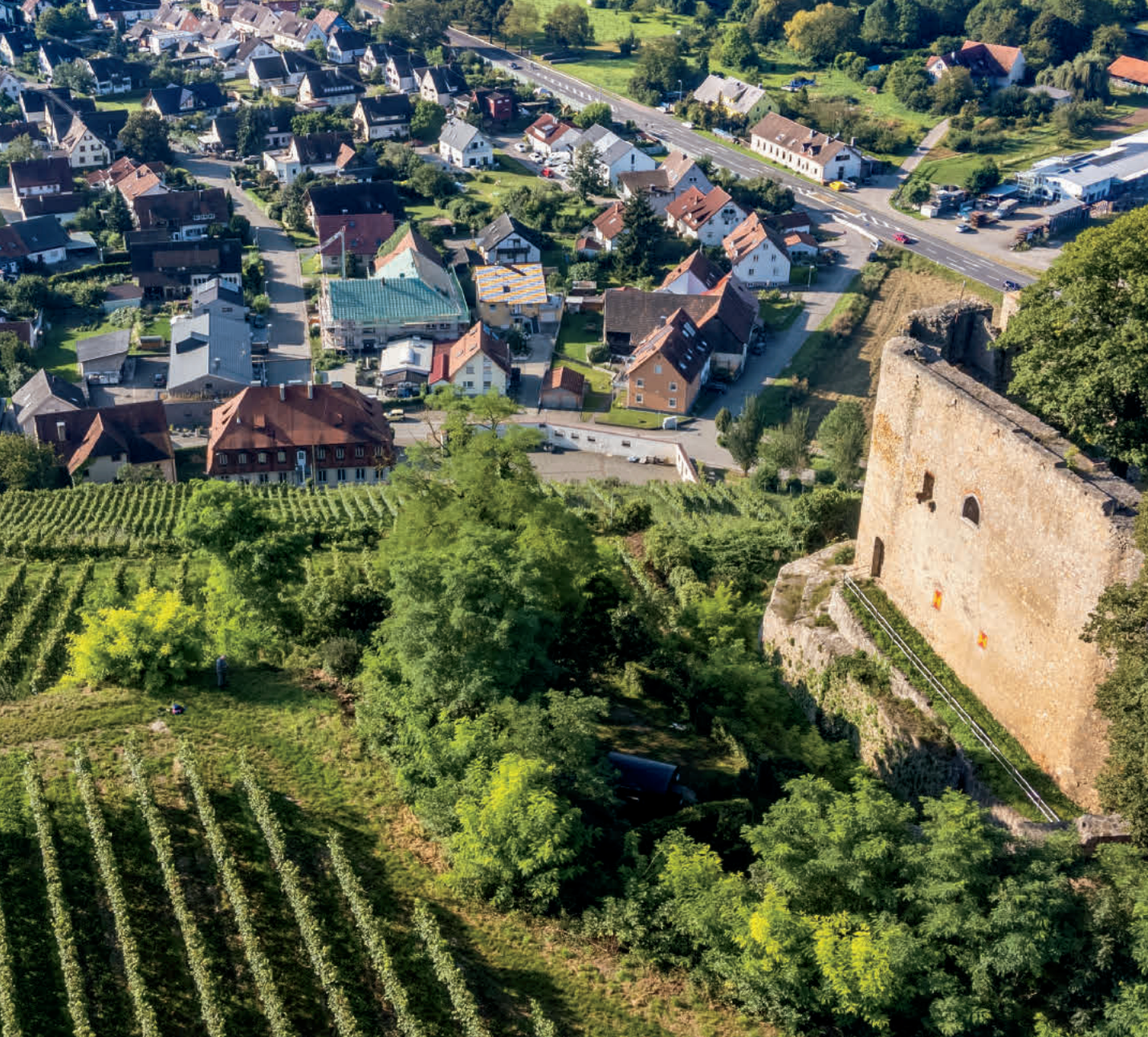All-out chaos unfolded last November when our tiny stock of Allendorf’s 1990 “Hasensprung”
Auslese trocken succumbed to a swarm of purchases in a matter of hours. People wanted more, but we didn’t have it. However, we were also in possession of today’s fascinating Riesling. We considered offering it to those who were left empty-handed but ultimately decided to give it a proper platform in due time. Well, time’s up, because we can’t tuck away one of the year’s finest Riesling deals any longer!
Today’s exclusive offer comes from the same time-honored producer (Fritz Allendorf) and extraordinary 1990 vintage, one Jancis Robinson labeled “Europe's wonder year.” It’s unquestionably true, too: In 1990, Germany experienced one of the greatest vintages of all time, a golden reference point for all others that succeeded it. This wine hails from the exceptional “Jesuitengarten” vineyard, which is classified as a
Grosse Lage—tantamount to a French Grand Cru. Yet another note of distinction is that today’s Riesling is of
Auslese ripeness, but
is not designated as a ‘
trocken’ (dry). Don’t mistake it for a sweet wine though! The lingering, delicate sweetness is what makes the wine all the more tasty and age-worthy! Further, this minuscule trove of aged, barely off-dry Riesling came directly from Allendorf’s cellars and has only been exposed to total darkness and cool temperatures. Under those conditions, Riesling will shine brightest—add in a touch of sweetness and the wine will age an eternity. Our stock will disappear in a flash, so act quickly if you don’t want to be left empty-handed again!
Allendorf family’s roots can be traced back to the 13th century, but wine wasn’t their métier until Philipp Anton Allendorf founded the estate...in 1773! With nearly a quarter-millennium under its belt, the family has accumulated over 140 acres, and, thanks to Fritz Allendorf’s leadership in the second half of the 20th century, most of these vines lie in prestigious sites like Jesuitengarten. Currently, the estate has been taken over by Fritz’s son, Ulrich, and he works tirelessly to continue the traditional winemaking practices of his father and the countless generations before him.
The surprisingly flat site of Grosse Lage “Jesuitengarten” stretches directly alongside the Rhine River in the town of Winkel. It’s one of the most sought-after terroirs here because of its extreme warmth, diversity of soils, and the wealth of history that precedes it—the vineyard takes its name from the Jesuit College in Mainz, when it was in their possession from 1606 to 1773. Grapes for today’s 1990 bottling were hand-picked at extremely ripe levels after several passes through the vineyard. In the winery, the Riesling fermented and aged in large, neutral Halbstück casks and the wine was bottled in 1991. They remained undisturbed in Allendorf’s cellars since our visit to the estate in April of 2018. In order to maintain their integrity for shipping, each bottle was painstakingly re-corked before leaving the winery.
This 1990 “Jesuitengarten” Auslese pours a hauntingly beautiful, highly reflective amber that moves out to a silver-tipped rim. A steady swirl reveals its viscosity and brilliant hues that dance around the glass. And then you dip in your nose and pure ecstasy begins: a sweet core of apricot, quince, and stewed apples burst out, followed by ripe yellow peach, orange marmalade, mango, and a savory blend of damp yellow flowers, herbs, wet slate, honey, and petrol. However, all these intoxicatingly sweet perfumes are beguiling: On the palate, high acidity and three decades of maturation mask the lion’s share of residual sugar. In place of a candied sweetness are richly complex textures that finish with a perceived dryness. It’s a gorgeous wine that perfectly illustrates how the sweetness of an off-dry Riesling evolves into savory components over the course of its lifetime. At this price, this is a nearly unbeatable wine experience—and that goes for any style of wine! Even more impressive, is that there is still a decade or two of life remaining, so space out your bottles accordingly! When consuming, do so in all-purpose stems around 50-55 degrees and match it next to a spicy preparation of pork belly. Pairings such as this are unforgettable. Cheers!


